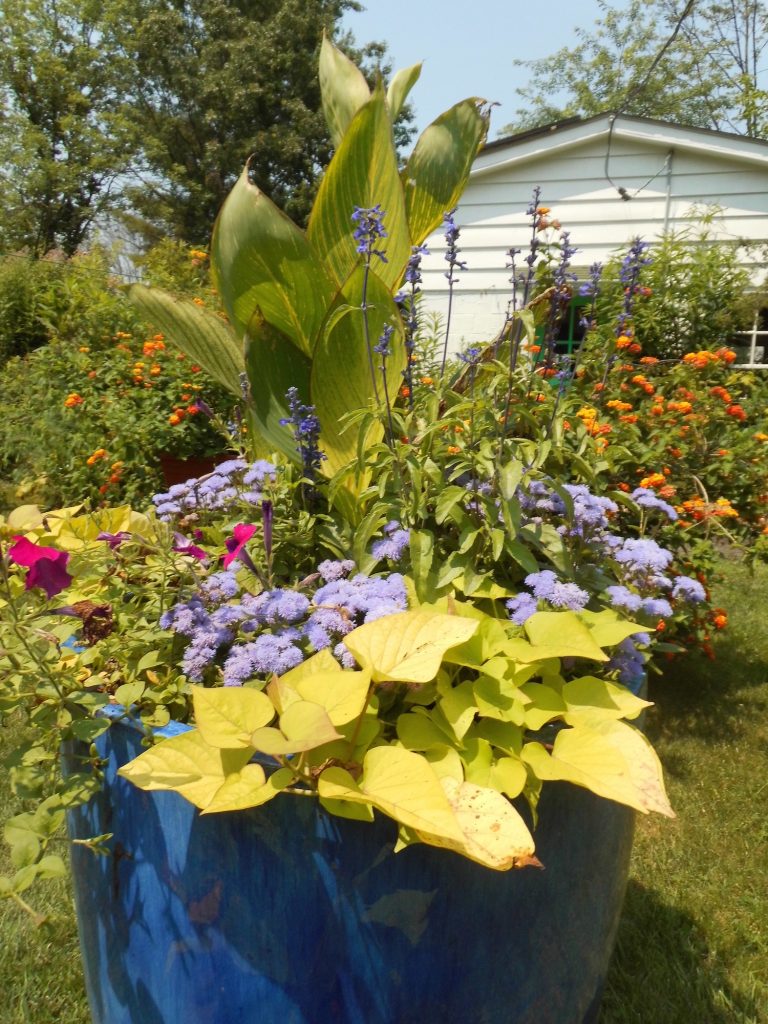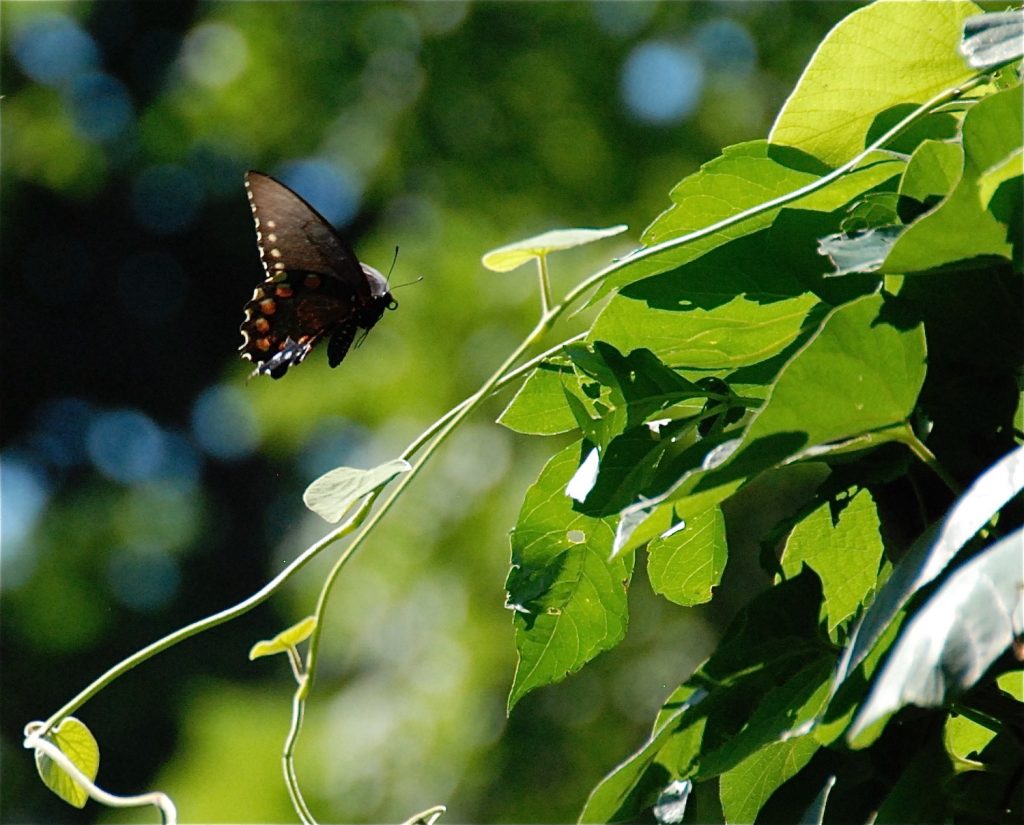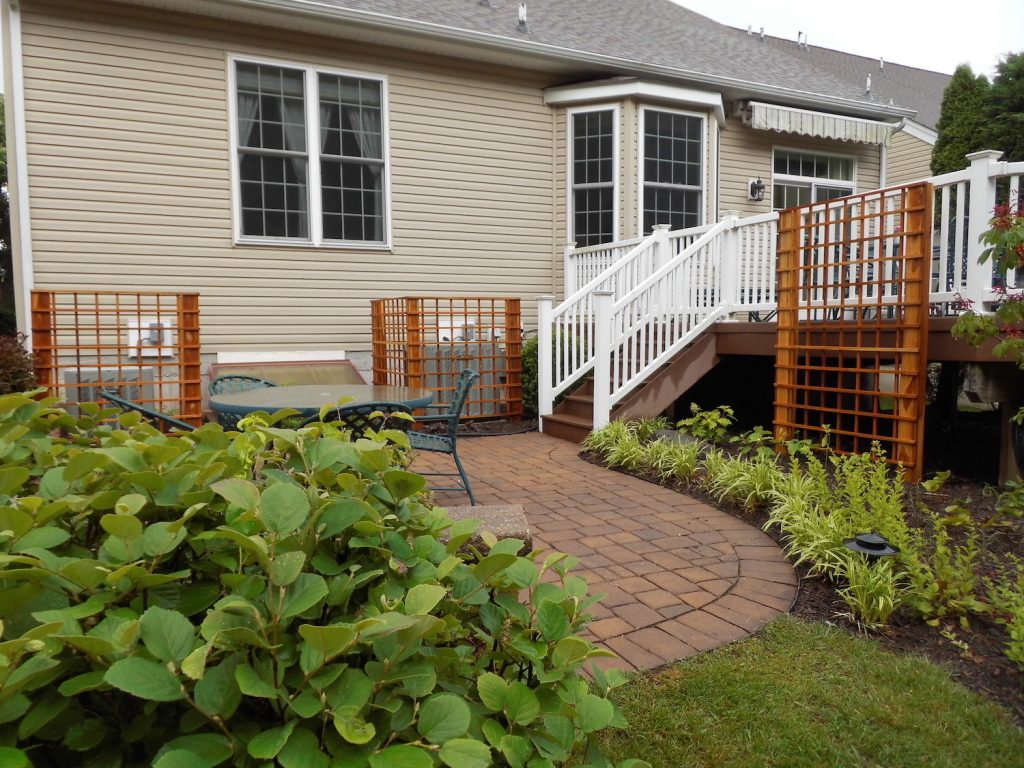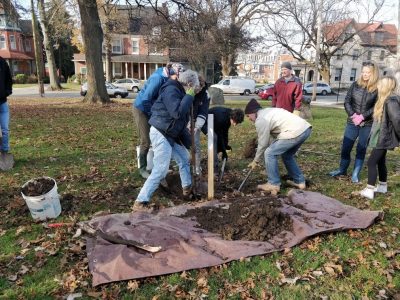
About The Landscape Designer
Beverly Auvil
Beverly Auvil has been a professional landscape designer since she graduated from Delaware Valley College where she earned a B.S. in Environmental Landscape Design and Ornamental Horticulture. She also has a degree in Fine Art from The Rhode Island School of Design. She now owns her own landscape design and Installation business that specializes in native plants. Learn more about our process and get in touch with us today to get started!

Important Links
Resources

Where We Serve
Location, Location, Location
- Beverly Auvil Landscape Design & Installation L.L.C. is located in Bucks County Pennsylvania. Areas we serve include, but are not limited to:
- Pennsylvania: Bucks County, Lehigh County, Montgomery County, Northampton County, Berks County
- New Jersey Hunterdon County, Warren County
- Lansdale | Chalfont | New Brittain | Bedminster | Quakertown | Allentown | Bethlehem | Easton | Emmaus | Northampton | Coopersburg | Riegelsville | Tinicum | Solebury | Doylestown | Saucon Valley | Hilltown | Washington Crossing | Jamison | Richboro | Newtown | New Hope | Montgomeryville | East Greenville | Green Lane | Makefield
- She has never turned down a design project because of where it is. She has even done a design for a beach front property in Massachusetts.

Making A Change
Trees Donated
| # Donated | Latin name | Common name | Location |
|---|---|---|---|
| 1 | Liriodendron tulipifera | Tulip Poplar | Lambertville, NJ |
| 2 | Prunus serotina | Black Cherry | Quakertown, PA |
| 2 | Taxodium distichum | Common Baldcypress | Quakertown, PA |
| 1 | Hamamelis virginiana | Common Witchhazel | Quakertown, PA |
| 3 | Prunus serotina | Black Cherry | Nockamixon State Park, PA |
Landscape FAQs
Landscape design involves planning and creating outdoor spaces that combine aesthetics and functionality. This includes selecting plants, arranging hardscape elements like patios and walkways, and incorporating ecological or thematic ideas. Installation is the process of bringing these plans to life through planting, building structures, and setting up features such as water elements or lighting to create a cohesive outdoor environment.
Native plants are naturally adapted to the local climate, soil, and wildlife, making them easier to maintain and more resilient than non-native species. They support local ecosystems by providing food and habitat for birds, butterflies, and beneficial insects. Using native plants also conserves water and reduces the need for fertilizers and pesticides, making your landscape more sustainable.
Yes, well-planned landscaping can significantly enhance biodiversity by creating habitats for various species. Incorporating native plants, pollinator gardens, and water features helps attract and sustain birds, bees, butterflies, and beneficial insects. This ecological approach supports the health of your local environment while adding natural beauty to your property.

